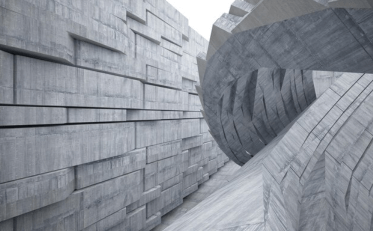Question
a.
Tempering
b.
Porosity
c.
Shrinkage
d.
Efflorescence
Posted under Mechanics of Materials
Interact with the Community - Share Your Thoughts
Uncertain About the Answer? Seek Clarification Here.
Understand the Explanation? Include it Here.
Q. Formation of white patches on the surface on the bricks is ____________
Similar Questions
Explore Relevant Multiple Choice Questions (MCQs)
Q. Kiln burning involves 90% of first class bricks.
View solution
Q. ______ bricks can withstand up to a temperature of 1800°C.
View solution
Q. According to IS, the minimum expansion joint in construction should be ________
View solution
Q. The edges formed by the intersection of plane surfaces of a brick are known as _________
View solution
Q. The depression made in the face of brick during its manufacture is _________
View solution
Q. Calculate the eccentricity of a rectangular dam of width 4 m. Take the distance between the water face and point where resultant cuts the base as 5.25 m.
View solution
Q. Calculate the horizontal water pressure acting on a dam. The total depth of water be 13m. Take specific weight of water be 10kN/m³.
View solution
Q. Calculate the self-weight of a rectangular dam of 22m high and 8m wide. It contains water upto a height of 20m. Consider the specific weight of masonry be 25 kN/m³.
View solution
Q. The pressure intensity of water at free surface is ________
View solution
Q. Self weight of dam acts in ___________ direction.
View solution
Q. The maximum compressive stresses developed at the base of the dam should not exceed permissible ___________ stresses for masonry.
View solution
Q. For no _______ to develop in the dam section the resultant should always lie within the middle third.
View solution
Q. Calculate the self weight of trapezoidal dam with top width 5m and bottom width 8m. The height of dam is 15 m. Consider specific weight of masonry be 25kN/m³.
View solution
Q. The material(earth) retained by the retaining wall is called as __________
View solution
Q. The inclination of surcharge to the horizontal is called ____________
View solution
Q. Which of the following is practical pressure?
View solution
Q. The angle of internal friction for water is __________
View solution
Q. Which of the following is theoretical pressure?
View solution
Q. Which of the following is an example for plasticizer?
View solution
Q. _______ curing is adopted for columns and walls.
View solution
Recommended Subjects
Are you eager to expand your knowledge beyond Mechanics of Materials? We've handpicked a range of related categories that you might find intriguing.
Click on the categories below to discover a wealth of MCQs and enrich your understanding of various subjects. Happy exploring!








